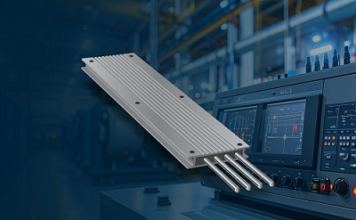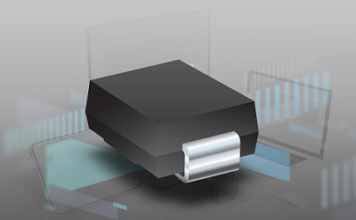Testing and Inspecting Resistors
Resistors are fundamental components in electronic circuits, playing a crucial role in controlling the flow of current and maintaining voltage levels. Proper...
A Comprehensive Overview of Aluminum Electrolytic Capacitors
Introduction
Aluminum electrolytic capacitors are a widely used type of capacitor in the electronics industry. They are essential components...
Guide to the 10K Resistor Color Code
Introduction
Resistors are fundamental components in electronic circuits, and understanding their color code is essential for anyone working with...
Discrete Circuits vs. Integrated Circuits
In the realm of electronics, the distinction between discrete circuits and integrated circuits is fundamental. Each type of circuit has its own...
Inductors: TDK offers tiny 0201 inductors for high-frequency circuits
TDK 0201 inductors
The smallest size in the industry in the 0201 size
ROHM Develops Compact Surface-Mount Near-Infrared LEDs Featuring Industry-Leading Radiant Intensity
Compact NIR LEDs
ROHM has expanded its portfolio of surface-mount near-infrared (NIR) LEDs with new compact top-view types....
LTspice models for Würth Elektronik ESD products
Würth Elektronik, in cooperation with the Institute of Electronics (IFE) at Graz University of Technology, now offers an LTspice model for its TVS diodes...
Silanna launches industry’s smallest, most efficient laser driver platform
Silanna Semiconductor, the home of analog innovation, has launched the FirePower series of laser driver ICs that significantly reduce the size and...
Littelfuse IXD0579M High-Side and Low-Side Gate Driver Offers Compact, Drop-In Solution
IXD0579M high-speed gate driver IC
Littelfuse, Inc., a diversified industrial technology manufacturing company empowering a sustainable, connected, and...
Mouser Shipping New Qorvo QPA9822 Linear 5G High-Gain/High Drive Amplifier for 5G, mMIMO Applications
Mouser Electronics, Inc., the authorized global distributor with the newest electronic components and industrial automation products, is now stocking the QPA9822 linear 5G high-gain/high-drive amplifier...




















